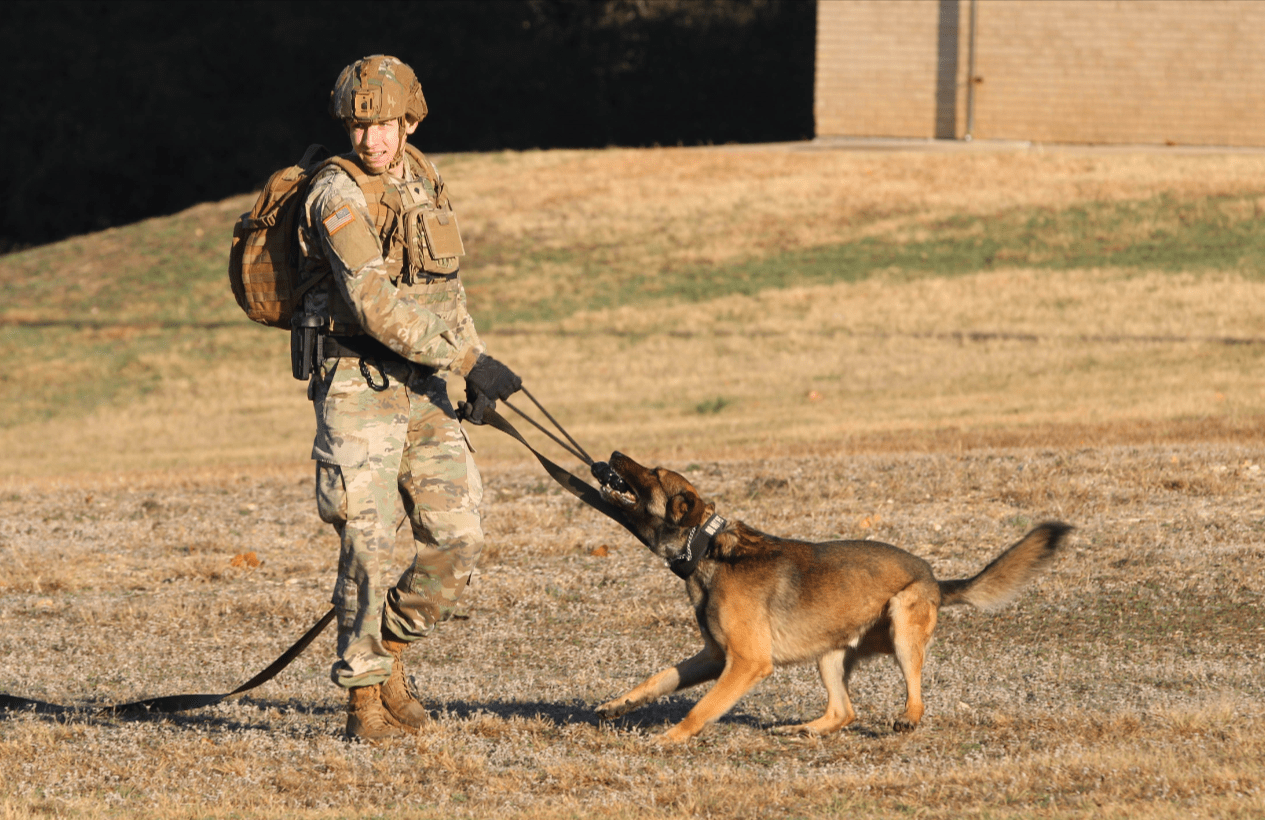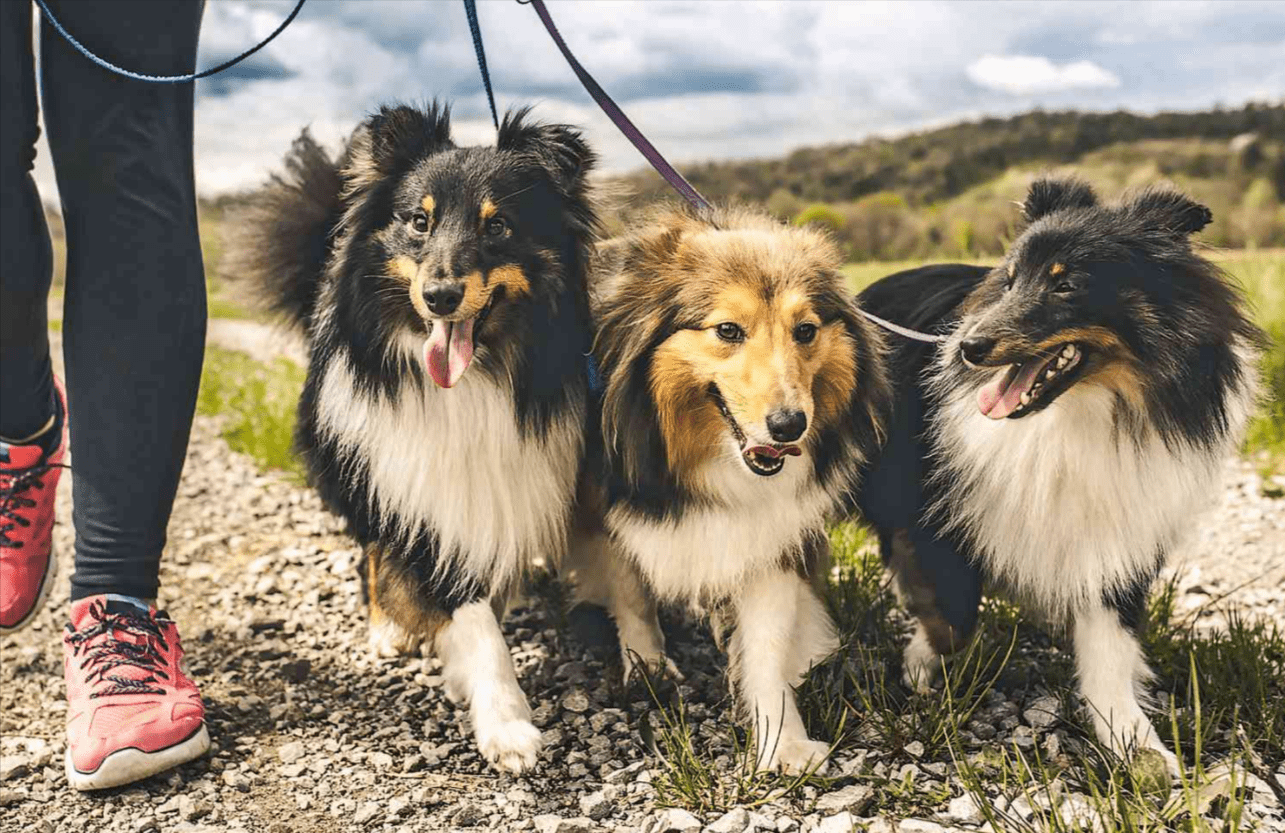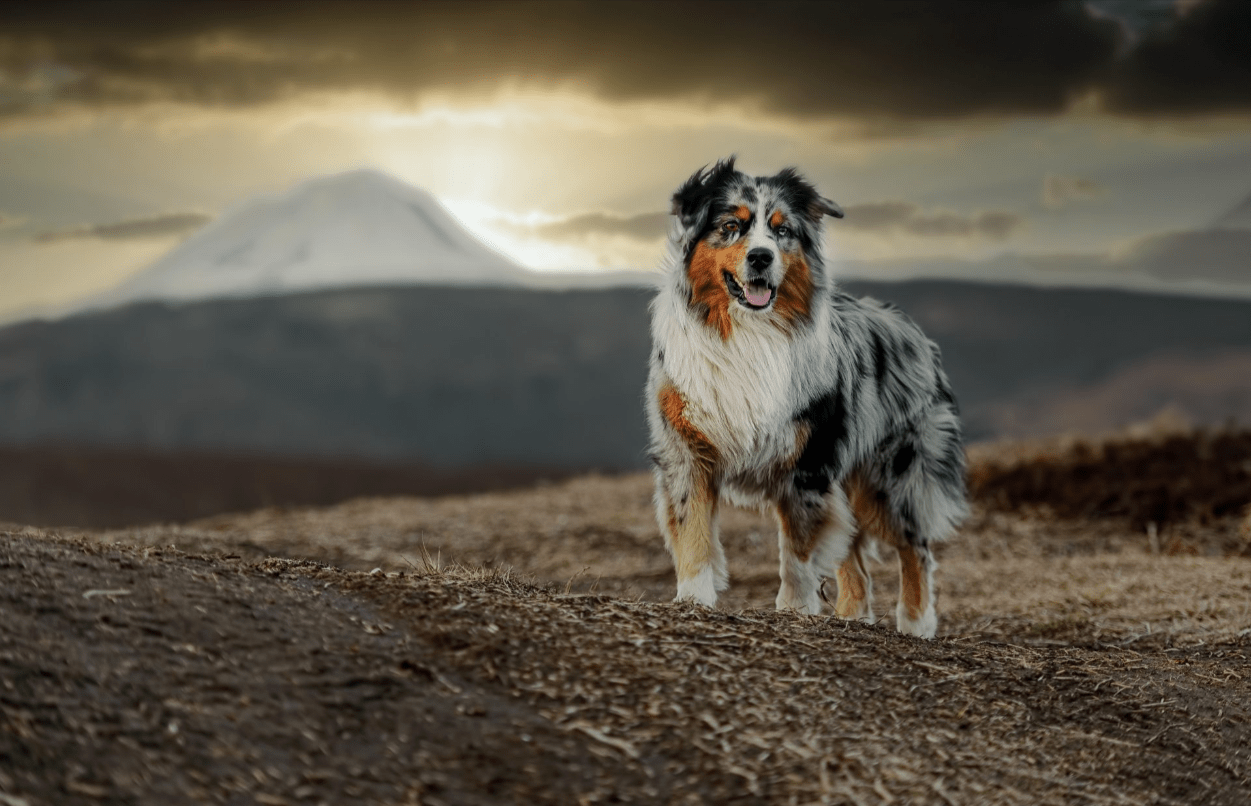While many dogs serve primarily as loving companions, working dogs are trained for serious roles. These dogs possess inherent instincts that, through rigorous training, are refined to perform specific tasks.
Kennel clubs and dog breed organizations often group certain breeds into a “working group.” Although these breeds were historically employed in roles like herding or guarding, many of them might not necessarily fulfill those roles today. Moreover, various canine tasks can be handled by different breeds, including mixed breed dogs.
Here are nine categories of working dogs and the specialized roles they are trained to carry out.
Breed Characteristics
When selecting a working dog, various traits should align with your specific requirements. For instance, the dog must not only be capable of handling potential threats but also exhibit strong social skills.
Essential qualities in working dogs include loyalty, vigilance, and attentiveness. They should be effective as guards and, depending on their roles, may need to bear significant loads. Additionally, working dogs should typically possess a gentle temperament, be even-tempered, and exhibit obedience.
1. Therapy Dogs
Animal-assisted therapy utilizes trained and certified animals as a component of a patient’s therapeutic regimen. These therapy dogs provide emotional support to individuals who are ill or injured, frequently visiting hospitals and nursing homes. They also make appearances in schools and daycares to teach children about dogs.
While therapy dogs can come from any breed, size, or age, they must possess the right temperament, socialization, and training. Essential qualities for therapy dogs include a calm demeanor, excellent socialization skills, comprehensive training, and a lack of fearfulness.
The most frequently trained breeds for therapy work include:
- Golden Retriever
- Labrador Retriever
- Standard Poodle
- Border Collie
2. Service Dogs
Service dogs, also known as assistance dogs, are specially trained to help individuals with disabilities. According to the Americans with Disabilities Act, these dogs have specific rights and guidelines for public access.
True service dogs are trained to handle various situations, enabling them to accompany their handlers anywhere. Unlike therapy or emotional support dogs, service dogs have specific training tailored to their handlers’ needs.
Examples of service dogs include:
- Guide dogs for individuals with visual impairments
- Mobility-assistance dogs
- Seizure alert and medical-assistance dogs
- Hearing dogs for those with hearing impairments
Breeds commonly trained as service dogs include:
- Golden Retriever
- Labrador Retriever
- Standard Poodle
- German Shepherd
3. Police Dogs
Police dogs, commonly referred to as K-9s, are specially trained to support police and law enforcement officers during their duties. These dogs play a crucial role in protecting their handlers and can pursue and apprehend suspects attempting to flee.
In addition to their protective roles, some K-9s are trained for detection tasks, such as sniffing out illegal substances. These dogs may also be known as detection dogs.
The most frequently used breeds for police work include:
- German Shepherd
- Belgian Malinois
4. Military working dogs
Military working dogs serve alongside armed forces personnel, aiding in various military operations. These dogs can perform roles such as detection, tracking, sentry duty, and scouting, and they may also participate in search and rescue missions.
The breeds most commonly used for military work are:
- German Shepherd
- Dutch Shepherd
- Belgian Malinois
5. Detection dogs
Detection dogs are known for their extraordinary sense of smell and are driven by positive reinforcement during training. These dogs are specifically trained to identify particular substances or groups of substances.
They can be trained to detect a variety of materials, including illegal drugs, explosives, blood, and human remains. Some detection dogs are also capable of identifying medical conditions such as cancer or abnormal blood sugar levels, as well as pests like bed bugs and even animal waste.
Detection dogs find applications in fields such as law enforcement, wildlife research, and healthcare. Historically, they have also been used for truffle hunting.
Common breeds used for detection work include:
- Beagle
- Labrador Retriever
- Golden Retriever
6. Search-and-rescue dogs
Search-and-rescue dogs are known for their agility, keen sense of smell, and acute hearing. These highly skilled animals are deployed in a variety of situations, such as tracking missing persons, conducting specialized searches, performing avalanche rescues, and locating cadavers.
Breeds commonly used in search-and-rescue operations include:
- Labrador Retriever
- Golden Retriever
- Border Collie
- Leonberger
- German Shepherd
7. Herding dogs
Herding dogs are specialized in managing livestock like sheep and cattle. These dogs are bred specifically for this role, belonging to a herding breed group.
Not every herding breed is naturally adept at herding; some require additional training to refine their skills, while others might be more suited to companionship rather than herding tasks. Those that excel in herding can also participate in dog herding trials.
Common herding breeds include:
- Border Collie
- King Shepherd
- Black Mouth Cur
- Icelandic Sheepdog
8. Guard dogs
Guard dogs, also known as protection dogs, are trained to defend property or their owners. These dogs are typically highly intelligent, strong, and responsive to training.
They are often employed by military and police forces due to their natural protective instincts and loyalty. With proper training, guard dogs can be taught to confront and subdue potential threats.
Common breeds used for guarding include:
- German Shepherd
- Akita
- Bullmastiff
- Doberman Pinscher
9. Livestock dogs
Livestock dogs are essential for protecting farm animals, especially sheep, from predators such as coyotes, wolves, and mountain lions. While fencing is crucial, these dogs offer an additional layer of security.
Typically gentle with the animals they protect, livestock dogs are also naturally inclined to be assertive against potential threats. They often integrate seamlessly with the flock and use barking and vocal intimidation, or even physical action, if necessary.
Breeds commonly used as livestock dogs include:
- Great Pyrenees
- Border Collie
- Australian Cattle Dog



